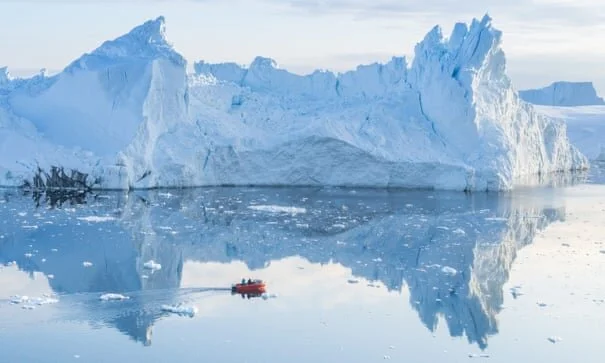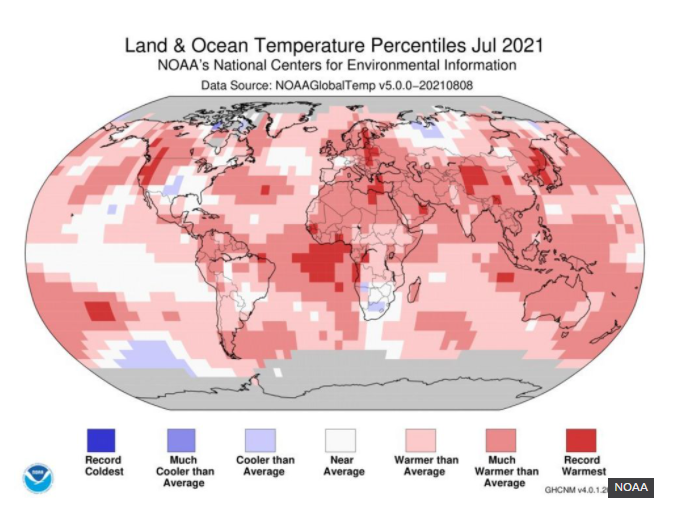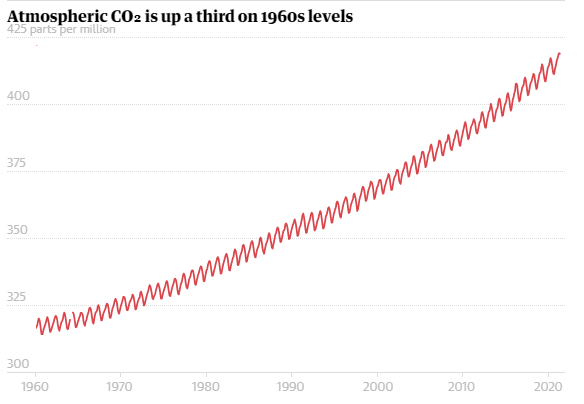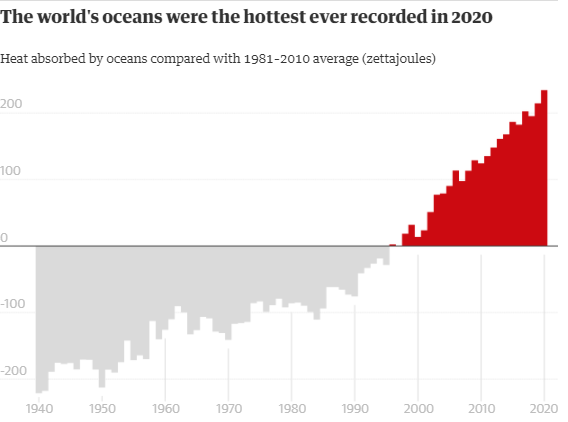Mr. Guterres appealed for the Council to stand as one, and ensure that human rights are upheld, humanitarian aid continues, and that the country does not again become a platform for terrorism.
“The following days will be pivotal”, said the UN chief. “The world is watching. We cannot and must not abandon the people of Afghanistan”.
‘This grave hour’
The Secretary-General noted that the international community is following the developments in Afghanistan “with a heavy heart and deep disquiet about what lies ahead.”
After seizing large swaths of territory in recent months, the Taliban on Sunday took control of the capital, Kabul, home to some six million people.
President Ashraf Ghani has fled the country, according to media reports, and desperate residents have been scrambling to the airport to get flights out.
“At this grave hour, I urge all parties, especially the Taliban, to exercise utmost restraint to protect lives and to ensure that humanitarian needs can be met,” said Mr. Guterres.
Afghanistan’s UN ambassador, Ghulam M. Isaczai, spoke of the fear that has gripped Kabul; people displaced from other provinces had flocked to the capital, viewed as the last refuge in the country.
“Kabul residents are reporting that Taliban have already started house to house searches in some neighborhoods in Kabul, registering names and looking for people in their target list”, said Mr. Isaczai. “There are already reports of target killings and looting in the city”.
Concern for women and girls
The Secretary-General highlighted the need to protect civilians and allow humanitarian access. He urged nations to show willingness to receive Afghan refugees, and to halt any deportations. “Now is the time to stand as one,” he said.
The UN chief called for the international community to “speak with one voice” to uphold human rights, and voiced particular concern over mounting violations against women and girls. “It is essential that the hard-won rights of Afghan women and girls are protected,” he stressed.
“They are looking to the international community for support — the same international community that assured them that opportunities would be expanded, education would be guaranteed, freedoms would spread and rights would be secured.”
Suppress terrorist threat
International unity will also be critical to ensuring Afghanistan is never again used as a platform or safe haven for terrorist organizations, he continued.
“I appeal to the Security Council — and the international community as a whole — to stand together, to work together and act together, and use all tools at its disposal to suppress the global terrorist threat in Afghanistan and to guarantee that basic human rights will be respected,” said Mr. Guterres.
“Regardless of who holds power, these two fundamental principles — in which our world has such a deep and abiding interest — must be upheld.”
The Secretary-General underlined the UN’s commitment to supporting Afghanistan. Staff and offices remain in areas that have come under Taliban control, and most personnel and premises have been respected, he reported.
Staying the course
As roughly half of all Afghans, or some 18 million people, depend on humanitarian aid, it is essential that basic services continue to be provided, he added.
“In a statement issued yesterday, the Taliban said that they would work with existing institutions,” Mr. Guterres told ambassadors. “It is crucial that civil servant salaries continue to be paid, infrastructure is maintained, airports are reopened, and health and education services continue.”
While the UN will adapt to the security situation in Afghanistan, the Secretary-General stated that “we will stay and deliver in support of the Afghan people in their hour of need.”
Security Council statement
Following the meeting, the Security Council issued a statement calling for a cessation of hostilities and the establishment, “through inclusive negotiations”, of a new government in Afghanistan which would be united, inclusive and representative, and with women participating.
Council members also appealed for an immediate end to the violence, and restoration of security and civil and constitutional order.
They emphasized the need for urgent talks to resolve the current crisis of authority, and to arrive at a peaceful settlement through a national reconciliation process that is both Afghan led and owned.
The 15 ambassadors expressed deep concern about the number of reported serious violations of international human rights law and human rights abuses, and stressed the “urgent and imperative need” to bring those responsible to justice.
Humanitarians underline commitment
Meanwhile, UN humanitarian affairs office, OCHA, reported that teams have been deployed around Kabul to evaluate needs. Assessments were ongoing as of Sunday morning.
“Despite immense challenges, humanitarian organizations – both the UN and non-governmental organizations – in Afghanistan are committed to stay and deliver aid and services to millions of people in need while adhering to the humanitarian principles of humanity, neutrality, impartiality and independence,” OCHA said on Monday.
The UN agency and partners this year launched a $1.3 billion appeal for the country, which is currently less than 40 per cent funded.
Prevent ‘civilian slaughter’
Also on Monday:
A group of UN-appointed human rights experts called for swift global action to prevent “civilian slaughter” in Afghanistan, while also warning that two decades of work on health, education, culture and social infrastructure are at risk.
“We adamantly reiterate that it is unacceptable for States to stand on the sidelines when a United Nations Security Council-listed terrorist organization overruns the territory of Afghanistan and engages in acts that may amount to war crimes and crimes against humanity,” they said in a statement.
The experts expressed outrage over “wanton attacks on civilians”, the targeting of independent journalists and media, and violence against women and girls.
They said reports from 16 Afghan provinces show women are experiencing the same rights violations that occurred under Taliban rule 20 years ago, including being forced to wear a burka, forced marriage, and restrictions on freedom of movement.
Invoke Chapter VII
The experts further urged the Security Council “to take appropriate action under Chapter VII of the (UN) Charter to safeguard the human rights and humanitarian needs of the people of Afghanistan, including its most vulnerable, and to address the role of Member States to prevent acts of terrorism under international law.”
Chapter VII concerns Council response to threats to peace, breaches of peace, or acts of aggression, and allows for non-military and military action.
They also recommended that countries should apply international sanctions against terrorist organizations, and ensure civilians have access to humanitarian aid as needs increase.
The 24 independent experts who signed the statement were appointed by the UN Human Rights Council to monitor specific country situations or thematic issues. They act in their individual capacity and are neither UN staff, nor do they receive a salary from the Organization.








































